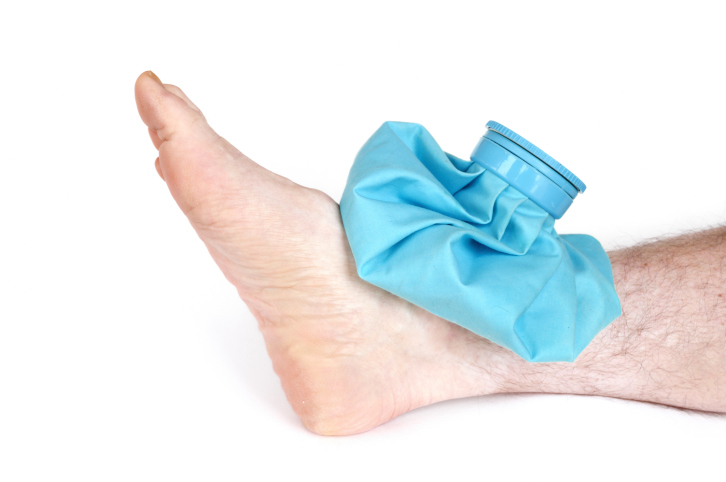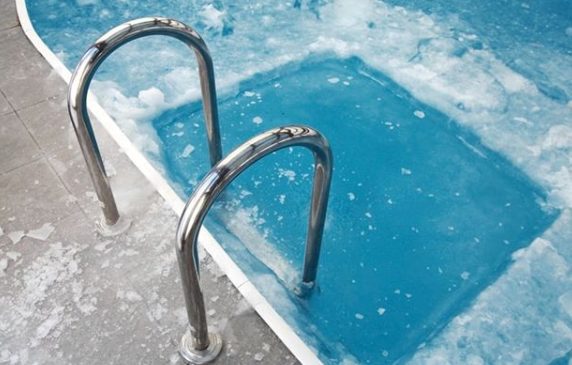Study: icing injuries doesn’t work
You can forget about that post-workout ice bath

For decades, conventional wisdom has told us that icing an injured muscle is the best way to fast-track recovery and return to our regular activities. Likewise, applying ice to sore muscles after a particularly strenuous workout was thought to speed up the muscle repair process so you could be better prepared to handle the next day’s training session. In recent years, some scientists have been challenging this practice, and new research in mice has shown that not only is applying ice to injured muscles ineffective, it may actually slow down the recovery process.

RELATED: The dos and don’ts of recovery with physiotherapist Chris Napier
First, let’s look at how muscles heal, according to the Journal of Sports Medicine. After a strenuous workout or an injury, your body sends pro-inflammatory immune cells to the damaged area to help remove cellular debris and damaged bits of tissue. Following that, your body sends in anti-inflammatory cells to help regenerate your muscle. The anti-inflammatory phase is relatively short but very important for proper muscle recovery. Of course, because it typically comes with a bit of pain and swelling, we naturally regarded it as a bad thing, which is why for years we’ve been told to apply ice to the affected area.
The study, published in the Journal of Applied Physiology, used electrical stimulation on 40 young, healthy male mice to make their calf muscles contract repeatedly, simulating a tough leg workout at the gym. They gathered muscle samples from the mice immediately after the “workout,” then placed ice packs on the legs of half the mice. For the next two weeks, the researchers continued to collect muscle samples from the mice.
The scientists found that the mice who did not receive ice treatment experienced a very rapid pro-inflammatory response, and by the third day, most of the damaged fibres had been cleared away. This allowed the anti-inflammatory response to begin, and after two weeks the muscles were fully healed. By contrast, the mice who received ice treatment had a much slower inflammatory response, and it took seven days for their bodies to clear away unwanted debris. The arrival of anti-inflammatory cells was also slowed, and after two weeks their muscles weren’t fully healed.
RELATED: Are ice baths helpful or harmful?

When you work out, whether you’re lifting weights at the gym or out for a run, you’re placing load on your muscles. When this load is greater than what your muscles can handle, you end up with micro-tears throughout the tissue (or, if you go too far, you actually tear the muscle and end up with an injury). In the case of those small tears, once your muscle heals, it will now be capable of handling that strain, and you will get stronger. The faster this healing process takes place, the sooner you can get back out for your next hard training session, and the faster you’ll gain fitness.
This study demonstrates that applying ice to damaged muscles slows down this recovery process, which will subsequently slow down your progress. Of course, the research was done on mice, and while their muscles have a similar makeup to ours, further research needs to be done on humans to confirm these findings. For now, though, there’s one takeaway for runners: you can ditch the ice bath, since it’s probably not helping, and it might even be making things worse.
RELATED: Can too much reliance on recovery hamper performance?


